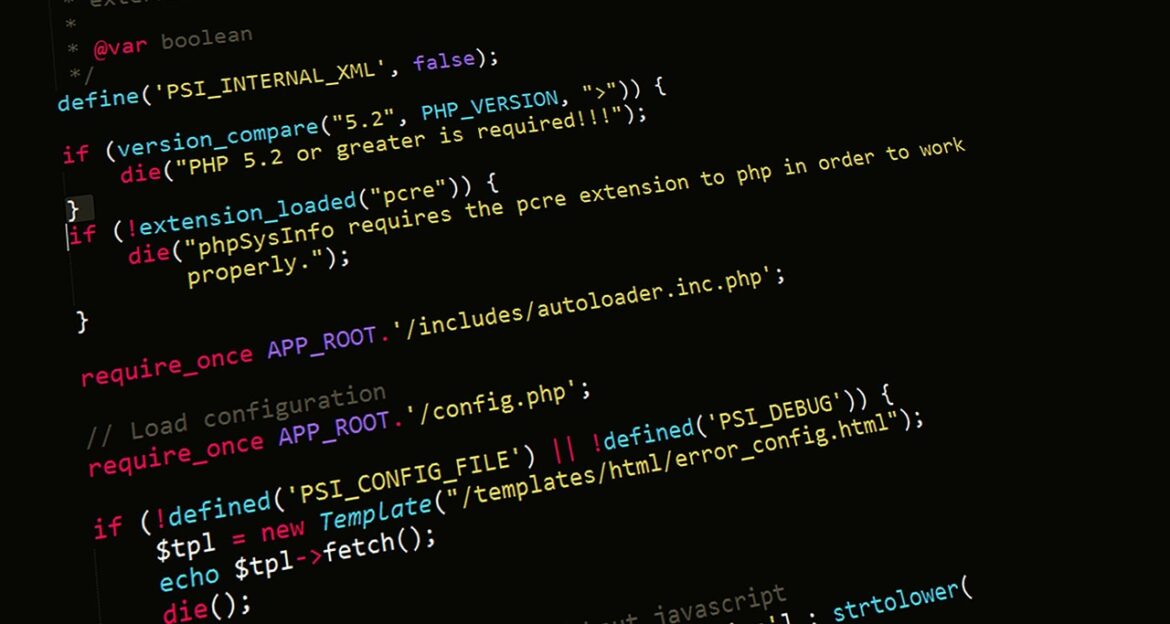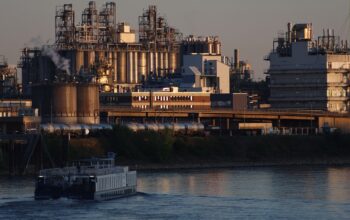Engineering is evolving fast, but some frameworks are proving essential in making complex projects simpler, scalable, and smarter. Whether you’re coding, managing data, or keeping systems running smoothly, these trends matter. Let’s delve into a handful of standout frameworks trending in engineering this year, all illustrated through relatable stories.
1. Modern Programming and Frameworks: Powering Software Engineering Programming languages like JavaScript and Python remain the workhorses of engineering teams in 2025. Think of JavaScript like a Swiss Army knife for web developers: it’s everywhere — powering the front end in frameworks like React or Angular and helping build dynamic interfaces users love. Python acts like a versatile craftsman: from automating tasks to fueling AI projects using frameworks like Django and Flask. For instance, startups rely on Python scripts to automate customer onboarding, speeding up what was once paperwork-heavy.
TypeScript is the new guardian angel for big projects by adding strict typing to JavaScript. Imagine managing a skyscraper: TypeScript ensures the blueprint doesn’t have hidden errors, reducing bugs down the line. Companies building complex web apps, like large e-commerce platforms, benefit immensely by using TypeScript to maintain stability as the codebase grows.
2. Observability Frameworks: The Pulse of Complex Systems Modern engineering isn’t just about building; it’s about watching systems breathe and act. Observability frameworks in 2025 have stepped into multi-dimensional roles, combining performance monitoring with cost management and security. It’s like having a control room where DevOps, security teams, and finance experts track everything from system speed to budget and safety.
A real-world example includes cloud providers bundling tools like AWS CloudWatch and Security Hub, enabling teams to quickly spot inefficiencies or potential breaches. This kind of integrated observability saves companies thousands by preventing downtime and strengthening cyber defenses.
3. AI-Driven Tooling and Automation Frameworks Artificial Intelligence isn’t just a buzzword — it’s a toolkit transforming engineering routines. Generative AI models, akin to creative assistants, now draft code snippets, design product ideas, and even troubleshoot bugs. Businesses report efficiency spikes as these models take over repetitive or research-heavy tasks.
For example, engineers might pair Python scripting with AI-assisted code generation to speed up rollout of applications, reducing errors and freeing time to focus on innovation.
4. Prompt Engineering Frameworks: Communicating With AI Smarter Prompt engineering frameworks have emerged as the guidebooks to get the best answers from AI. Imagine talking to an assistant who sometimes misunderstands you — these frameworks teach you how to phrase questions clearly.
Frameworks like “Explain Like I’m 5” turn complex engineering problems into easy-to-grasp explanations, helping cross-team communication and learning. For instance, a product manager struggling with technical jargon can use these frameworks to gain clear answers, streamlining decision-making.
5. Developer Productivity Tools: Making Code Flow Effortless Tools like tRPC are revolutionizing how developers build APIs by sharing types between client and server, reducing duplicated work and catching bugs early. Think of it as a translator that keeps all parts of a team speaking the same language, ensuring smoother collaboration.
Similarly, tools like LakeFS revolutionize data handling by letting engineers create data branches — much like version control for code — allowing safe experimentations without risking live data. It’s like having a safety net under a tightrope walker, critical for data-heavy projects.
In Conclusion
These frameworks aren’t just technical trends; they’re practical solutions engineers rely on every day. From writing cleaner, safer code to watching complex systems in real-time and harnessing AI’s power, 2025’s engineering landscape centers on making tough problems simpler and workflows smoother. Companies embracing these frameworks gain agility, reduce mishaps, and ultimately build better products – a true recipe for success in the fast-paced engineering world.
Whether you’re a seasoned engineer or just curious about what’s driving progress, these frameworks highlight technology’s power to make life easier and work smarter—not harder.
References:
- https://www.digitalwaffle.co/blog/top-software-engineer-skills
- https://shakersai.com/llm/prompts/prompt-engineering-frameworks/
- https://www.mycvcreator.com/blog/top-12-ai-technology-trends-for-2025
- https://www.boxpiper.com/posts/top-best-tools-for-developer
- https://middleware.io/blog/observability/trends/
- https://arxiv.org/html/2506.15639v1
- https://strategizeyourcareer.com/p/dont-get-left-behind-the-software-engineering-trends-you-absolutely-need-to-know
- https://blogs.microsoft.com/feed/



